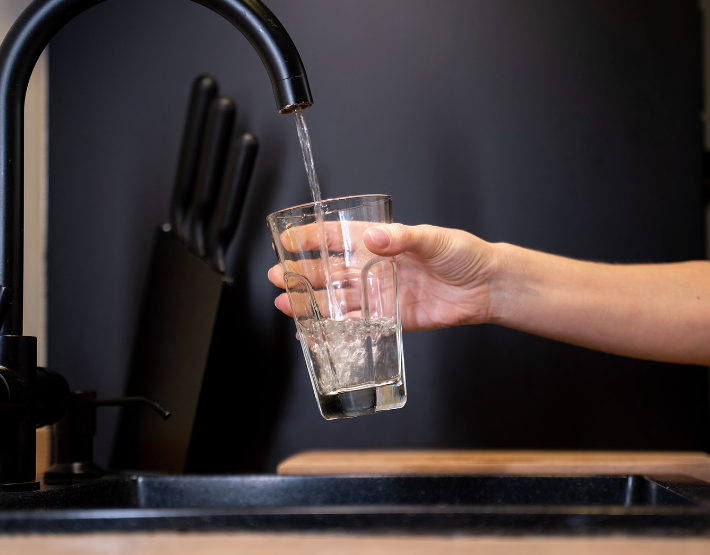
Radon in Tap Water
Radon is a naturally occurring radioactive gas that is colorless, odorless, and tasteless. It is formed from the natural decay of uranium in soil, rocks, and groundwater. When radon escapes from the ground into the air, it typically disperses and poses minimal health risk. However, when radon is present in underground water sources and released into the air during household water use (e.g., showering, washing dishes), it can become an indoor air quality concern.
Sources of Radon in Tap Water
Groundwater: Radon can dissolve into groundwater when it flows through uranium-rich geological formations. This water can then enter homes through private wells or public water supplies that use groundwater sources.
Public Water Supplies: In some cases, radon can be present in public water supplies, although the levels are generally lower than what might be found in well water.
Health Concerns
Exposure to radon is a known health hazard, primarily due to its radioactive decay products, which can attach to airborne particles and be inhaled. Radon is recognized as the second leading cause of lung cancer after smoking. When radon is released from water into indoor air, it can increase indoor radon levels, potentially contributing to lung cancer risk.
Regulation and Monitoring
The regulation of radon in drinking water varies by region and country. In the United States, the Environmental Protection Agency (EPA) has established a Maximum Contaminant Level (MCL) of 4,000 picocuries per liter (pCi/L) for radon in public water supplies. However, private well water is not regulated at the federal level, so private well owners should test their water for radon.
Testing and Mitigation
To ensure safe drinking water, homeowners with private wells are encouraged to test their water for radon. If elevated levels are detected, mitigation measures can include aeration or granular activated carbon treatment to remove radon from water before it enters the home. Additionally, improving ventilation and sealing foundations can help prevent radon from entering indoor spaces.
Conclusion
Radon in tap water is an important consideration for homeowners with private wells, as it can pose health risks when released into indoor air during water use. Testing and, if necessary, mitigation measures can help ensure safe drinking water and reduce the risk of radon-related health issues. Public water supplies typically have lower radon levels, but monitoring and treatment may be required in some cases to maintain safe drinking water.
It's important to note that the levels of these contaminants in tap water are regulated in many countries to minimize health risks. However, it's also a good idea to be aware of your local water quality and consider additional water treatment measures if you have specific health concerns or vulnerabilities.
